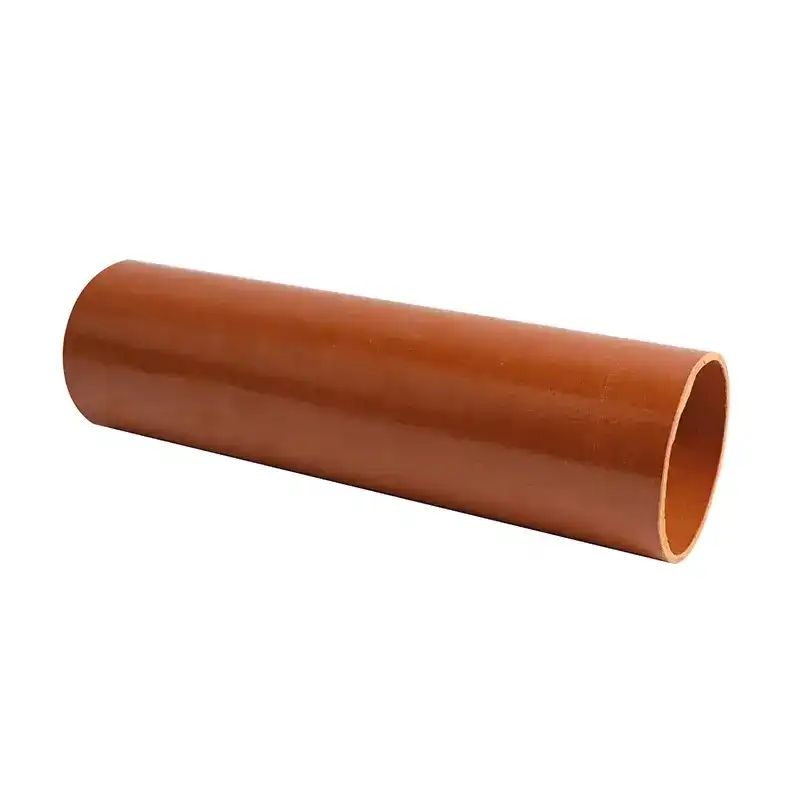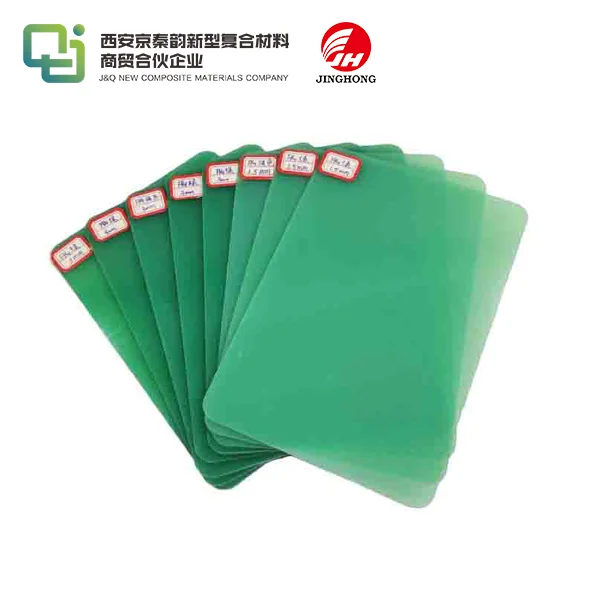Preparation and Performance Evaluation of High Temperature Resistant Prepreg Epoxy Resin
2023-02-02
1. Introduction
As an important thermosetting resin, epoxy resin has good electrical properties, chemical stability, excellent mechanical properties and adhesive properties, and is widely used in many fields. In recent years, with the rapid growth of the consumption of epoxy resin in China, many new requirements have been put forward for the variety structure of epoxy resin. The demand for high-temperature resistant epoxy resin in some high-end products is increasing. Although some varieties of high-temperature resistant epoxy resin have been developed at home and abroad, and a certain output has been formed, it still cannot meet the current and future development needs. The main foreign manufacturers of this kind of special epoxy resin include Dow Chemical of the United States, Tokyo Chemical of Japan, Mitsubishi Gas Chemical, etc. Since its original purpose is mainly for military use, foreign countries have imposed a long-term technical blockade on the manufacturing technology of this kind of material and restricted its export. The output of products developed in China is limited and the price is expensive, which can not meet the current rapid growth demand of civil use [4]. In order to meet the domestic demand for high-temperature resistant epoxy resin, it is urgent to develop high-temperature resistant epoxy resin with suitable viscosity, good processing technology, good product storage stability and moderate cost.
In this paper, multifunctional epoxy resin and epoxy resin E51 are compounded, and appropriate curing agent system is selected to improve the heat resistance of epoxy resin. At the same time, the viscosity and comprehensive properties of the resin system are adjusted by the ratio to meet the performance requirements and adapt to the production of hot-melt prepreg. Prepeg is an very important raw material of making FR4 sheet, 3240 epoxy sheet, bakelite sheet and 3026 phenolic cotton sheet.
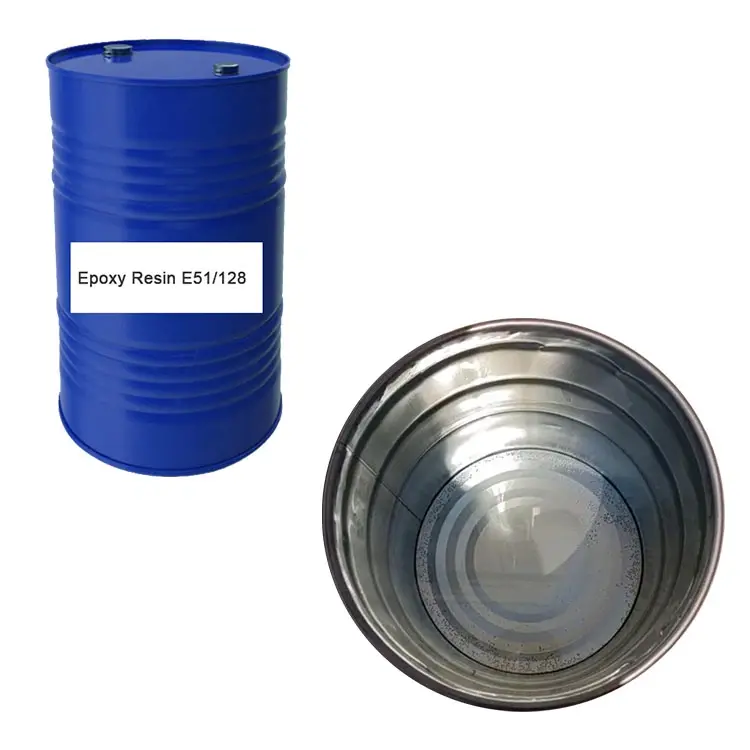
2. Experiment
a. Raw materials, instruments and equipment
I. Raw materials: multifunctional epoxy resin (A), general epoxy resin E51 (B), high-temperature curing agent (C), toughener (D), accelerator (E).
II. Instruments and equipment: softening point tester, KOREALABOTECH244 - 1544 gel time tester, TAAR2000 rheometer, TA50WS differential scanning calorimeter (DSC), INSTRON2382 universal material tester, gluing machine, prepreg machine.
b. Preparation of test sample
I. Preparation of resin: heat and melt epoxy resin and toughening agent in a certain proportion, stir until the mixture is uniform, cool to below 80 ℃, add curing agent and accelerator, vacuumize and remove bubbles, and mix evenly.
II. Preparation of resin casting body: pour the evacuated resin system into the preheated mold while it is hot, and solidify it according to a certain curing system.
III. Preparation of hot melt adhesive film: put the melt resin into the glue tank of the glue applicator, transfer the resin to the corresponding release paper through the roller, and then cool the finished adhesive film through the cooling device for film coating.
IV. Preparation of carbon fiber prepreg: the coated upper and lower layers of resin film and carbon fiber are compounded by a composite machine. The two layers of resin film and reinforcing fiber form a "sandwich" structure. The resin is evenly soaked into the fiber through the heating of the hot plate and the heating and extrusion of four pairs of heating rollers to form the prepreg.
V. Preparation of prepreg test strips: cut and cover prepreg according to the test standard, solidify and form according to a certain curing system, and then cut into standard test strips.
3. Results and Discussion
a. Preparation of resin formula
According to the heat resistance requirements of the resin, the glass transition temperature TgDSC of the resin system is determined to be ≥ 190 ℃. At the same time, the resin should be suitable for the production of hot-melt prepregs. The resin should be semi-solid at room temperature, not stick to hands, not stick to paper, and the resin gel time should be appropriate. According to the production experience, the softening point of the resin is determined to be 35~45 ℃, and the gel time at 170 ℃ is determined to be 20~30min.
Firstly, the multifunctional epoxy resin (A) and toughener (D) are mixed at a ratio of 100/10, and a certain amount of high-temperature curing agent (C) is added, without adding general epoxy resin E51 (B) and accelerator (E), and then the performance of the resin system is investigated. According to the analysis of formula 1 #~4 # in Table 1, with the gradual increase of the amount of high-temperature curing agent (C), the Tg of the resin system shows an upward trend, but the tensile strength gradually decreases; The gel time, softening point and Tg of formula 2 #~4 # can meet the requirements.
Table 1 Proportions and properties of different resins
Formula | Mass Ratio (A/B/C/D/E) | Softening point/℃ | Gel time (170 ℃)/min | Tg DSC/℃ | Tensile strength/MPa |
1 | 100/0/45/10/0 | 37.3 | 38 | 186 | 39 |
2 | 100/0/50/10/0 | 38.5 | 29 | 207 | 34 |
3 | 100/0/55/10/0 | 38.8 | 27 | 210 | 25 |
4 | 100/0/60/10/0 | 39.1 | 26 | 224 | 20 |
5 | 90/0/40/10/0.3 | 41.0 | 16 | - | - |
6 | 70/20/25/15/0.3 | 40.0 | 26 | 191 | 44 |
7 | 75/15/25/15/0.3 | 40.0 | 27 | 203 | 58 |
In order to adjust the tensile strength of the resin without damaging the thermal properties of the resin, it is necessary to reduce the amount of high-temperature curing agent (C) and add a certain proportion of accelerator (E). Relatively speaking, the amount of curing agent added is large and the amount of accelerator added is small. Uneven mixing in actual production is easy to cause resin explosion. Therefore, it is necessary to adjust the mixing process of resin. First, use the general epoxy resin E51 (B) to grind the high-temperature curing agent (C) and accelerator (E), and then add the mixture into the resin after the multi-functional epoxy resin (A) and toughener (D) are fused in proportion.
It can be seen from Formula 5 in Table 1 that the gel time is significantly shorter than that of Formula 1 when accelerator (E) is added. When the resin reaches the gel, the molecular network crosslinking will accelerate, and the resin will quickly change from viscous flow state to glass state. Due to the addition of toughening agent in this resin, the resin viscosity is large, the resin fluidity is poor, and the air is difficult to discharge. If the gel time is too fast, and the resin bubbles are not completely discharged, the resin has been gel, which will cause defects such as weak bonding between resin and fiber, cavities, etc., which is not conducive to the subsequent operation of the product and the improvement of composite material performance. Therefore, the amount of curing agent needs to be reduced. Table 1 The tensile strength of formula 6 and formula 7 is significantly higher than that of formula 4 when the high-temperature curing agent (C) - accelerator (E) system grinded with general epoxy resin E51 (B) is added. However, due to the large amount of general epoxy resin E51 (B) in formula 6, which affects the glass transition temperature Tg of the system, formula 7 was finally selected as the resin formula.
b. Rheological properties of resin
In order to meet the requirements of hot-melt prepreg production process, the rheological properties of formula 7 resin at different temperatures were tested, and the results are shown in Table 2. It can be seen from Table 2 that resin viscosity changes with temperature. Therefore, in the process of resin film preparation, the resin viscosity can be adjusted by controlling the temperature to meet the process requirements of resin film preparation.
Table 2 Resin viscosity at different temperatures
Temperature/℃ | Viscosity/Pa · s |
60 | 312 |
70 | 86 |
80 | 33 |
90 | 14 |
100 | 7.6 |
During the coating process, viscosity and temperature will affect the thickness and quality of the adhesive film. For example, when the viscosity is too high, the fluidity is poor, which is not conducive to the formation of a good resin film. When the viscosity is too low, it is easy to lose. The main reason is that the curing agent has been added to the epoxy resin system, and the resin has been heated for a long time during the preparation of the film. When the temperature is too high, macromolecules and chain segments may undergo thermal movement, which will affect the life of finished products. Therefore, when preparing the adhesive film, the temperature should be as low as possible under the condition that the process requirements are met. It can be seen from Table 2 that the resin viscosity at 60 ℃ is large, which affects the stability of the film preparation, so 70 ℃ is selected as the film temperature.
c. Determination of curing system
A perfect curing system can improve the performance of the product, otherwise it will not only affect the performance of the product but also bring various process problems. The curing system can be determined by non-isothermal DSC experiment. At different heating rates of 5~25 ℃/min, the resin system has corresponding initial reaction temperature (Ti), peak reaction temperature (Tp) and end reaction temperature (Tf) (Table 3). The reaction initial temperature (Ti), reaction peak temperature (Tp) and reaction end temperature (Tf) at a heating rate of 0 can be obtained according to the linear fitting equation of the three.
Table 3 Ti, Tp and Tf at different heating rates
Heating rate/℃/min | Ti/℃ | Tp/℃ | Tf/℃ |
5 | 163 | 193 | 217 |
10 | 165 | 198 | 237 |
15 | 173 | 209 | 249 |
20 | 182 | 225 | 270 |
25 | 187 | 234 | 296 |
d. Heat resistance evaluation
The heat resistance of resin system is generally evaluated by the thermal deformation temperature, glass transition temperature and thermal weight loss decomposition temperature of the material. The glass transition temperature Tg is the temperature of the material from the glass state to the high elastic state, which is an important data to determine the material service temperature. The glass transition temperature in the DSC curve is 203 ℃.
e. Evaluation of mechanical properties of resins and composites
Table 4 shows the data of tensile and bending properties of cured resin. Table 5 shows the mechanical property data of carbon fiber prepreg unidirectional laminates. According to the data in Table 4, the mechanical properties of the resin system and carbon fiber prepreg can meet the target value requirements.
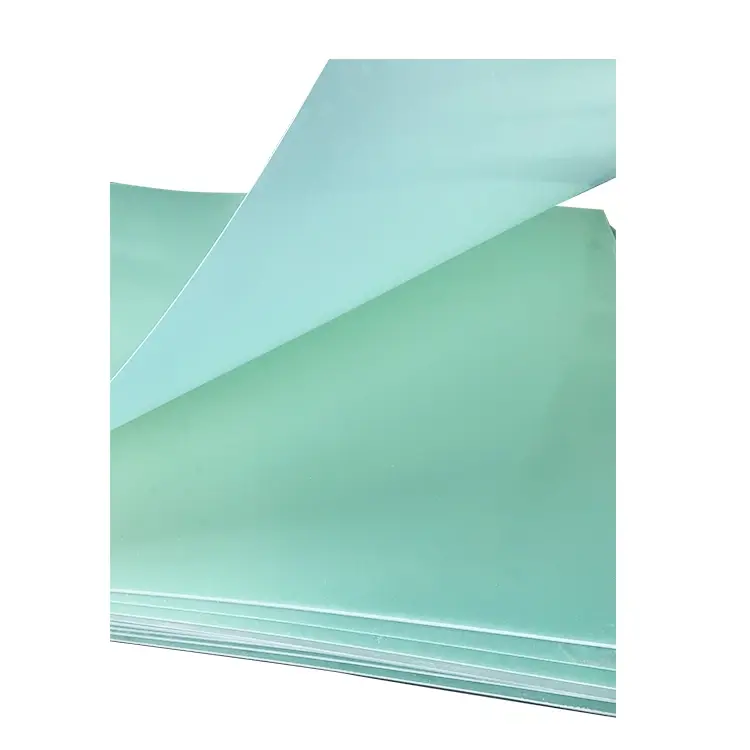
Table 4 Mechanical properties of resin casting body
Performance | Target Value | Actual Value | |
Tensile Property | Tensile Strength/MPa | ≥55 | 58.6 |
Tensile modulus/GPa | ≥3 | 3.48 | |
Bending Performance | Bending strength/MPa | ≥85 | 117 |
Bending modulus/GPa | ≥3 | 3.52 | |
Table 5 Mechanical properties of carbon fiber prepreg unidirectional laminate
Performance | Target Value | Actual Value | |
Tensile Property | Longitudinal tensile strength/MPa | ≥20000 | 2500 |
Longitudinal tensile modulus/GPa | ≥120 | 128 | |
Transverse tensile strength/MPa | ≥28 | 34.2 | |
Transverse tensile modulus/GPa | ≥7 | 7.18 | |
Bending Performance | Longitudinal bending strength/MPa | ≥1400 | 1440 |
Longitudinal bending modulus/GPa | ≥130 | 132 | |
Compression Performance | Longitudinal compressive strength/MPa | ≥800 | 1195 |
Transverse compressive strength/MPa | ≥120 | 131 | |
Shear Performance | Interlayer shear strength/MPa | ≥75 | 86.2 |
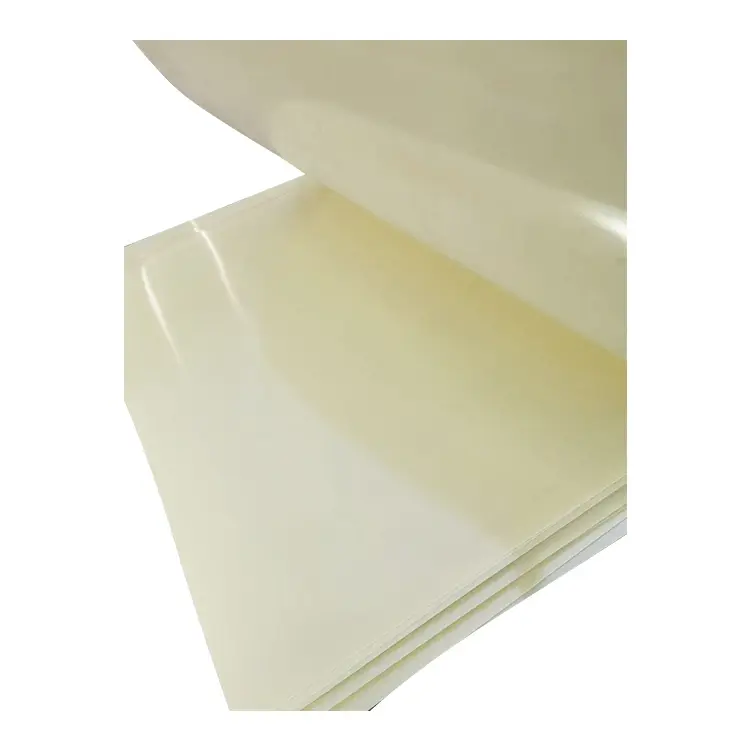
4. Conclusion
In this paper, the multifunctional epoxy resin and general epoxy resin E51 were mixed, and the suitable curing agent-accelerator system was selected to develop the high-temperature resistant prepreg epoxy resin, and the properties of the resin and composite were tested.
a. Multi-functional epoxy resin is beneficial to the improvement of the heat resistance of the system. When the mass ratio of the system (A/B/C/D/E) is 75/15/25/15/0.3, it has excellent heat resistance and can meet the requirements of hot-melt prepreg production.
b. The DSC curves of the resin system at different heating rates were tested by DSC experiments. The optimum curing system of the resin system was 160 ℃/1h+180 ℃/3h by linear fitting.
c. The resin system has excellent heat resistance, and the Tg measured by DSC is 203 ℃.
d. The mechanical properties of the resin system and carbon fiber prepreg meet the target value requirements.

